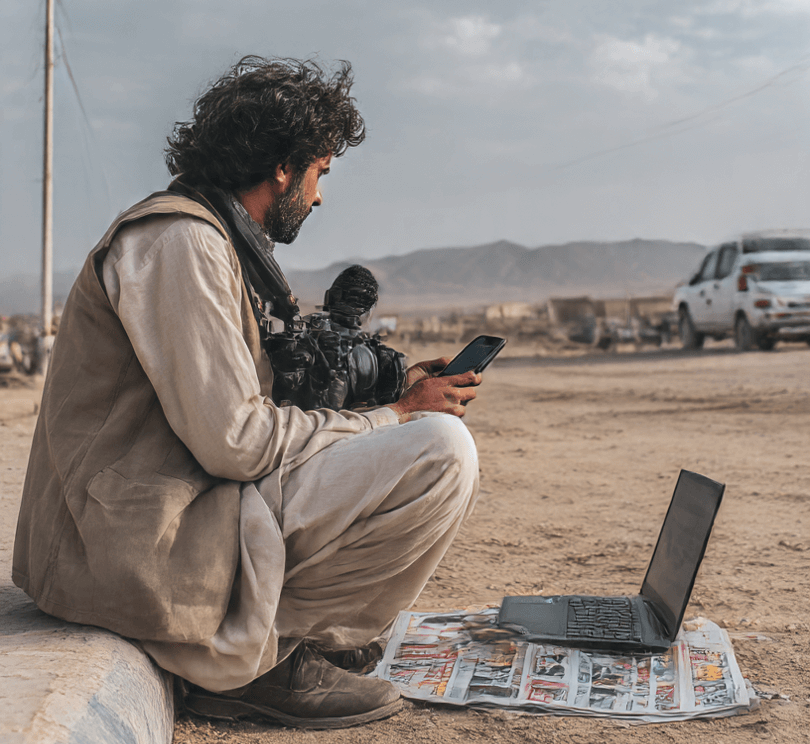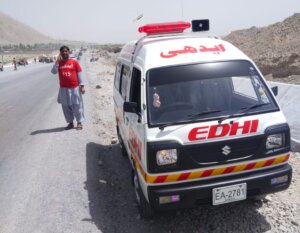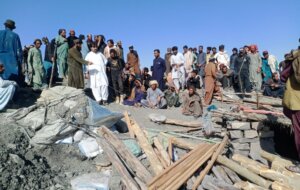Qaseem Shah: Balochistan, Pakistan’s largest yet most underreported province, is witnessing a media revolution. What was once a region dominated by traditional print media and weekly newspapers has now embraced the era of digital journalism. The emergence of Balochistan’s first digital daily platforms has not only reshaped the flow of information but also amplified local voices long neglected by national outlets. In this new era, technology is transforming how news is reported, shared, and consumed across the province — from Quetta to Gwadar, Turbat, and Kharan.

From Print Media to Pixels: A Transformational Shift
For decades, print media in Balochistan served as the backbone of public awareness. Newspapers were the primary sources of information in urban centers like Quetta, where journalists worked under limited resources and restricted access to data.
However, with the spread of the internet and smartphones, the media landscape began to change dramatically. The rise of digital daily platforms enabled journalists to publish stories in real-time, bypassing the long and costly process of print production.
Platforms like Quetta Voice and other online news outlets pioneered this transition, demonstrating how Balochistan’s first digital daily could bridge the gap between traditional journalism and the digital age. Today, readers in both urban and remote areas can access breaking news, analysis, and features directly from their mobile phones.
Read more: Balochistan’s Digital Media Policy

Technology as a Catalyst for Local Journalism
Digital transformation has empowered local journalists in ways unimaginable a decade ago. Smartphones, affordable internet, and social media platforms such as Facebook, X (formerly Twitter), and WhatsApp have turned every reporter into a real-time news broadcaster.
This has led to faster reporting of events — from political developments and security updates in Quetta to stories of resilience from the Makran coast.
Digital journalism in Balochistan is no longer limited to elite media houses. Small-town reporters, citizen journalists, and independent digital outlets are now shaping public discourse and ensuring accountability. The ability to livestream, publish instantly, and engage with audiences has made journalism more democratic and participatory than ever before.
Read more: balochistan-digital-publishers-forum-bdpf-raises-voice-against-digital-ad-discrimination
Breaking Barriers: Accessibility and Inclusivity
One of the most significant impacts of digital media in Balochistan is accessibility. In areas where print newspapers were either delayed or unavailable, digital platforms now provide instant access to news.
Local communities that were previously excluded from the mainstream narrative — especially in districts like Panjgur, Zhob, and Khuzdar — can now share their stories with a wider audience.
Moreover, online platforms have provided space for women journalists and youth voices to emerge. Digital journalism has made it possible for these groups to report safely, express freely, and contribute meaningfully to the public debate.
Challenges Facing Digital Journalism
Despite this progress, digital journalism in Balochistan faces multiple challenges. Poor internet infrastructure, limited advertising revenue, and threats to press freedom continue to hinder its growth.
Many journalists still struggle with access to training, reliable equipment, and sustainable income.
Fake news, misinformation, and lack of digital literacy also pose serious threats to credibility — a problem not unique to Balochistan but significant in developing media ecosystems.
However, the rise of Balochistan’s first digital daily outlets has proven that resilience, innovation, and commitment can overcome many of these obstacles. With proper support from institutions and increased digital education, the province can develop a strong and credible online journalism network.
Read more: balochistan-launches-pakistans-first-digital-e-filing-system
The Future of News in Balochistan
The future of local journalism in Balochistan is undeniably digital. As readers shift from printed pages to mobile screens, the demand for faster, reliable, and visually engaging news will continue to grow.
Print media may retain its cultural and historical value, but digital platforms are now the driving force behind media growth, public engagement, and government transparency.
For emerging journalists, this digital shift offers endless opportunities — from data-driven storytelling and multimedia production to investigative reporting powered by social media analytics.
In the years ahead, digital journalism in Balochistan will play a central role in shaping public opinion, connecting communities, and strengthening democracy.
Conclusion
The transformation of journalism in Balochistan reflects a broader shift in Pakistan’s media landscape. From the era of print media to the dawn of Balochistan’s first digital daily, technology has empowered journalists, expanded access to information, and connected people across distances.
While challenges remain, the ongoing digital revolution — led by innovative local platforms like Quetta Voice — continues to redefine what it means to inform, engage, and represent the people of Balochistan.
The rise of digital journalism is not just a technological change — it’s a social awakening, ensuring that every story from Balochistan finds its voice in the global digital sphere.






